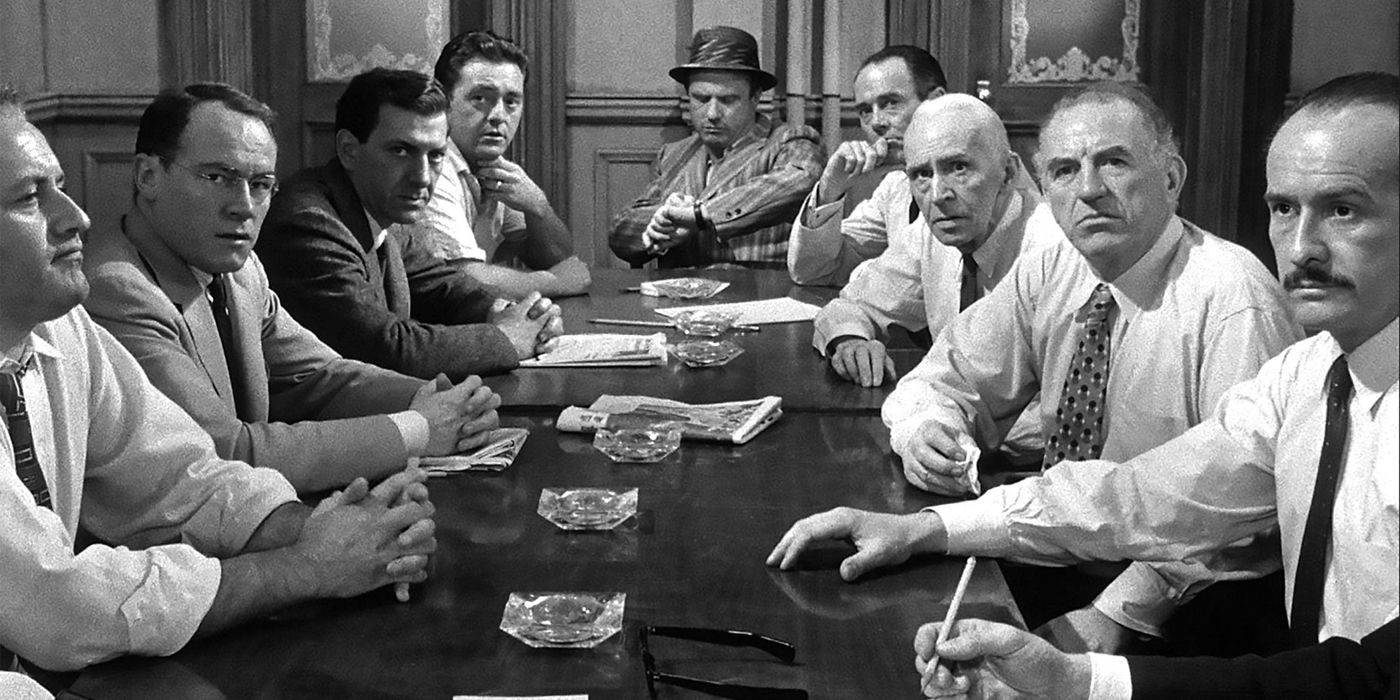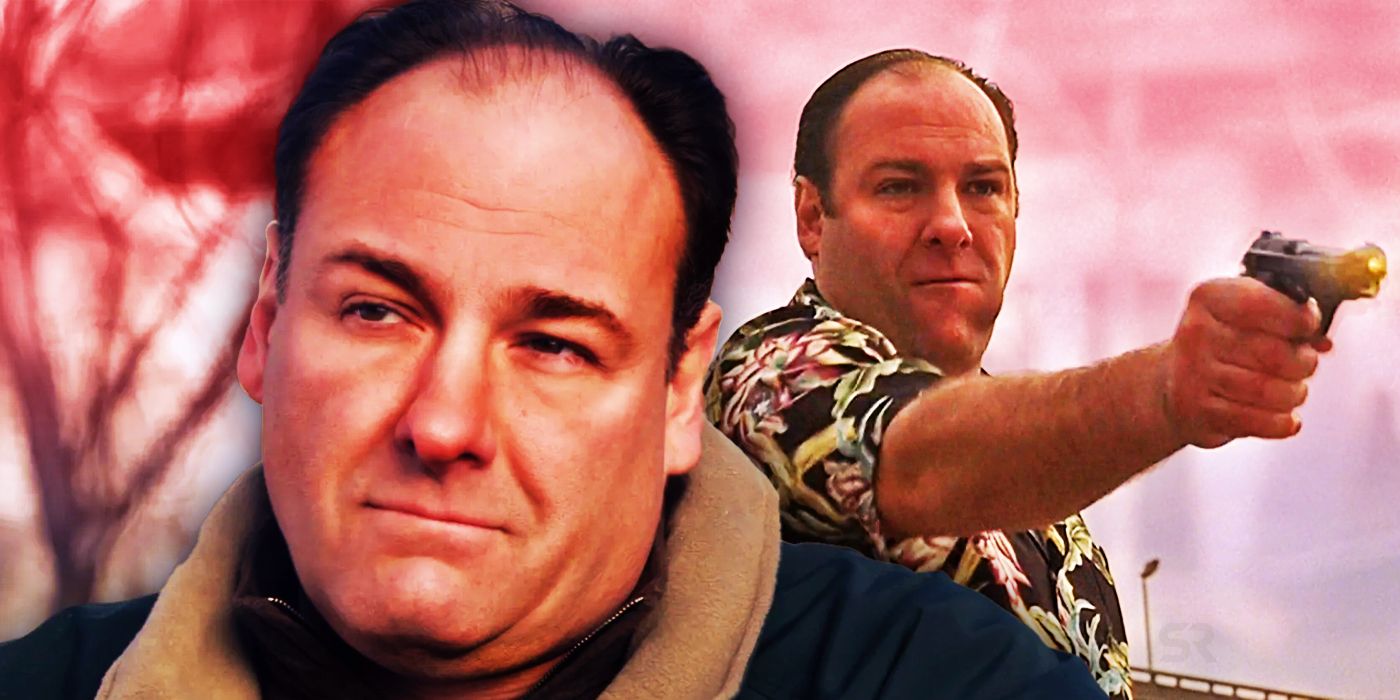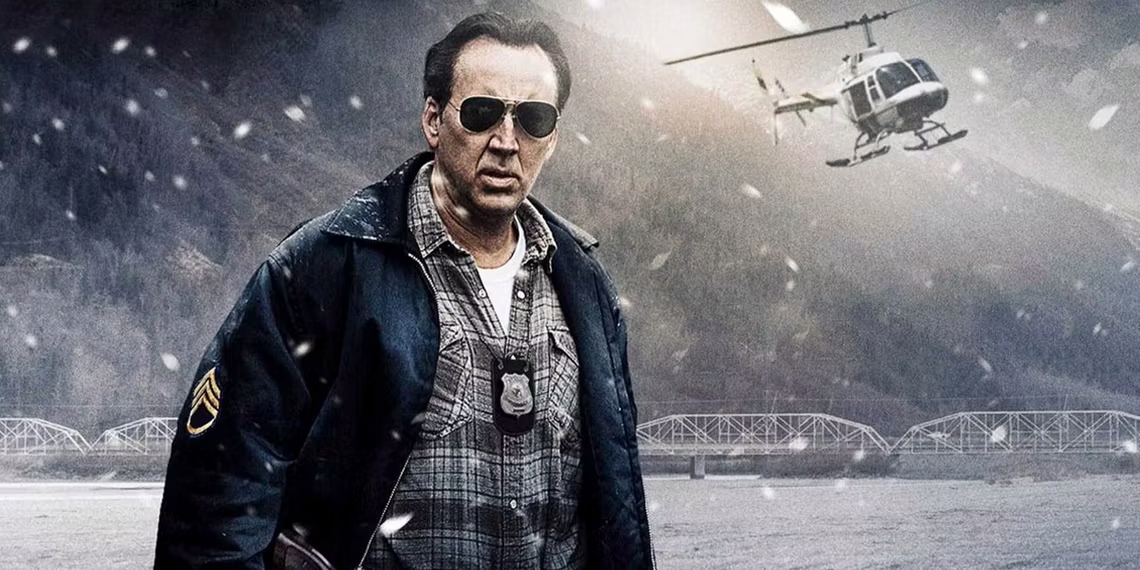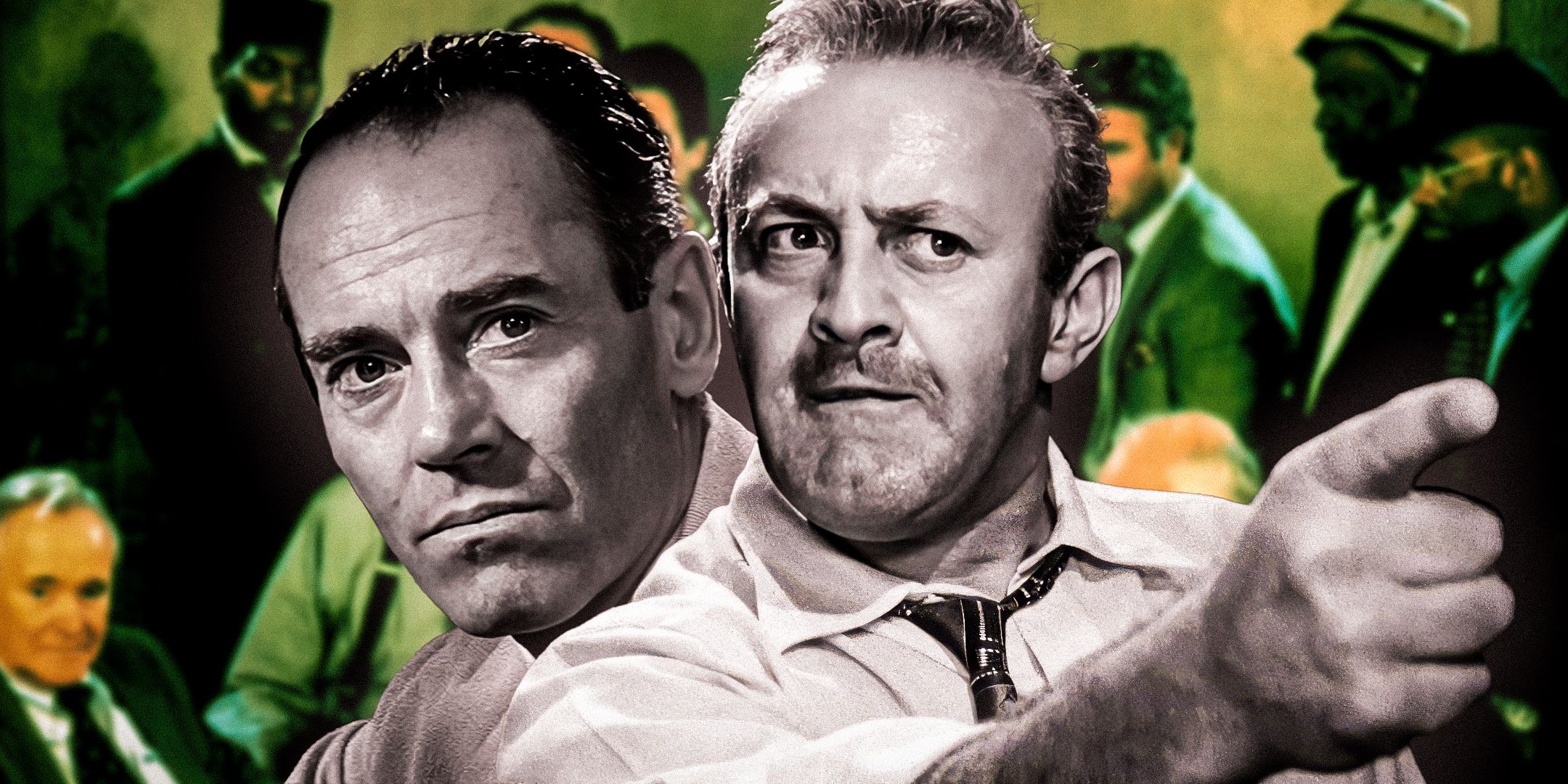Summary
- Different adaptations of 12 Angry Men feature diverse casts with unique approaches to the classic characters, maintaining audience engagement.
- The characters in 12 Angry Men bring varied life experiences and viewpoints to the intense deliberation process that shapes their decisions.
- Despite the singular setting of the jury room, the script and cast changes in different versions ensure memorable and impactful performances.
Two adaptations of 12 Angry Men came 40 years apart and feature a diverse group of actors who put their spin on the famous jurors. Originally a teleplay written by Reginald Rose, 12 Angry Men follows a group of jurors that deliberate on the fate of an accused murderer facing the death penalty if given a unanimous guilty verdict. The teleplay has since been adapted numerous times in various formats and, despite its singular setting, 12 Angry Men has characters and dialogue that are sharply written and never lose the audience's attention.
The information about their backgrounds is limited, but the 12 jurors bring their life experiences and viewpoints of society to the jury room, making for an intense back and forth. Though it's unavoidable due to the name of the original material, the jury selection is only made up of men and excludes the perspectives of other gender identities. Still, the 1997 version of 12 Angry Men, directed by William Friedkin, is updated and includes a racially diverse group of jurors with actors like Courtney B. Vance and Mykelti Williamson. The 1997 script is nearly identical to the one from Sidney Lumet's film, but the actors in each version approach their jurors in different ways, ensuring the characters are memorable.

12 Angry Men Cast & Character Guide
The courtroom classic 12 Angry Men had an all-star cast including the likes of Henry Fonda, Jack Klugman, and E.G. Marshall.
12 Juror 12
Robert Webber (1957) & William Petersen (1997)
An advertising executive with a habit of sketching as a means to keep focused, Juror 12 is easily swayed by others and doesn't provide his own conclusions. Juror 12 isn't entirely invested in the outcome of the deliberation, playing a game of tic-tac-toe at one point with Juror 3. The difference between Robert Webber and William Petersen isn't entirely noticeable, but in some scenes, Webber provides a timidness that Petersen does not and helps in establishing Juror 12's tendency to follow others.
Aside from 12 Angry Men, Webber's 40-year-long career consisted of multiple TV and film roles. He starred in films alongside iconic figures at the time, like Paul Newman in the mystery film Harper and Dean Martin in the spy comedy, The Silencers. Unlike Webber, Petersen's most well-known role isn't as Juror 12 but is Gil Grissom in CSI: Crime Scene Investigation, for which he was awarded a Screen Actors Guild Award as part of the ensemble cast.
11 Juror 11
George Voskovec (1957) & Edward James Olmos (1997)
Juror 11 is a watchmaker who takes thorough notes during the deliberation. He pulls up his notes and suggests the jurors go deeper beyond what was presented to them during the trial. George Voskovec and Edward James Olmos equally succeeded in showing Juror 11's strong belief in the justice system and understanding the power the men hold in their verdict. During a powerful scene, Juror 11 lectures Juror 7 about voting with integrity rather than deciding the defendant's fate because he wants to go home.
Voskovec was in numerous films, including the crime drama, The Boston Strangler, but his role as Juror 11 is by far his most well-known. Before his impassioned confrontation with Juror 7 in 12 Angry Men, Olmos played another character with an equivalent drive. In the film Stand and Deliver, Olmos portrayed a real-life mathematics teacher, Jaime Escalante, who was determined to lead his students to success.
10 Juror 10
Ed Begley (1957) & Mykelti Williamson (1997)
Labeled a "loudmouth" by another man, Juror 10 is stubborn and unwilling to change his guilty vote. Juror 11 is brash in his speech and his belief that the accused is guilty is rooted in hatred. One of the most impactful moments in each film is when Juror 11 snaps and goes on a prejudiced rant that causes the other jurors to get up from the table. Regardless of whether it's Ed Begley's performance or Mykelti Williamson's, the tone and word choices from Juror 11 are upsetting.
The difference between the two isn't because of their acting, but the way changes in each film's script and cast allow race to push their argument forward. The "othering" Begley's Juror 11 does is obvious, but with the diverse group of jurors in the 1997 version, Williamson's Juror 11 has a moment where he's speaking directly to the other Black jurors, hoping to win them over with an "us" against "them" argument. Williamson is known best as Bubba in Forrest Gump and Gabriel Maxson in the 2016 film adaptation of Fences. Following his career on Broadway, Begley had memorable film roles in Sweet Bird of Youth and Odds Against Tomorrow.
9 Juror 9
Joseph Sweeney (1957) & Hume Cronyn (1997)
The eldest of the group in the 1957 film, Juror 9 is the first to switch his vote and warmly invites Juror 8 to continue further examination into the trial's evidence. Hume Cronyn's Juror 9 doesn't stand out the way Joseph Sweeney's does as a few of the other jurors don't look considerably younger. However, both actors are able to capture the power that comes when Juror 9 stands his ground against the others who, because of his age, discount his argument.
Cronyn's first major film was Alfred Hitchcock's Shadow of a Doubt and, in the beginning of his career, Cronyn would continue to work with Hitchcock by acting in his films or working on screenplays. Unlike Cronyn, the film adaptation of 12 Angry Men was not the first time Sweeney acted as Juror 9. Sweeney starred in the original teleplay, Twelve Angry Men, taking on the same role and was accompanied by George Voskovec as Juror 11.
8 Juror 8
Henry Fonda (1957) & Jack Lemmon (1997)
From the first vote taken in deliberation, Juror 8 was the only one to vote "not guilty." Ignoring the attempts of the jurors who remained sure of their votes, Juror 8 continued to question the evidence and, though he doesn't entirely believe the accused boy is innocent, the slight possibility that he could be is enough to create a discussion among the jurors. Henry Fonda and Jack Lemmon both have strong performances as Juror 8, but there's confidence in Fonda's dialogue that is missing from Lemmon's version.
Lemmon's speech sounds irritable at times, but Fonda's makes Juror 8's sense of justice more believable. This portrayal is in line with Fonda's other work throughout his career, playing enough likable characters that his unimaginable casting as the villain in Once Upon a Time in the West was magnetic and worked well. He also starred in The Grapes of Wrath and Young Mr. Lincoln. Similarly, audiences were drawn to Lemmon's everyman persona through films such as Some Like It Hot and Mister Roberts.
7 Juror 7
Jack Warden (1957) & Tony Danza (1997)
Jack Warden and Tony Danza have one of the more comparable portrayals of their shared character, Juror 7. He's quippy in his speech, noticeably impatient, and unconcerned with the final verdict. Juror 7 is anxious to attend a baseball game later that evening and wants to reach a verdict as soon as possible. At one point, Juror 7 changed his vote to "not guilty" to speed up the process. This results in Juror 11 accusing him of not having guts or taking their decision seriously.
After 12 Angry Men, Warden portrayed Harry Rosenfeld in All the President's Men and played Max Corkle in Heaven Can Wait, the latter earning him an Academy Award nomination. After his career as a professional boxer, Danza was in the 1994 film Angels in the Outfield and had a guest role in the TV show, The Practice. Later, Danza would host his talk show, The Tony Danza Show, which ran for two seasons.




